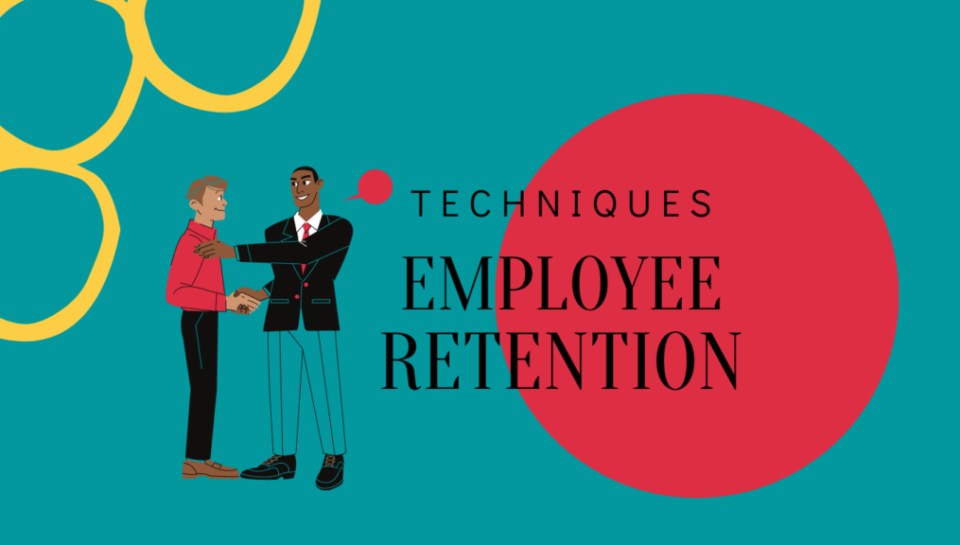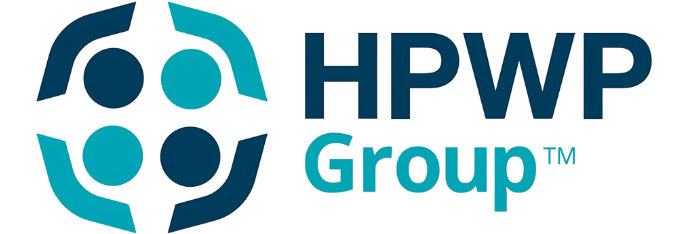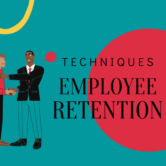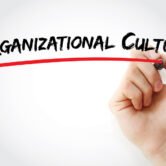High-Impact Hiring Techniques That Boost Employee Retention

Hiring isn’t just about filling a vacancy—it’s about building a foundation for long-term success. In today’s competitive job market, organizations must move beyond traditional hiring practices and adopt strategies that align recruitment with employee engagement and retention goals. The connection between hiring and retention is stronger than ever. A great hire not only fits the role but also the culture, values, and long-term vision of the company.
This blog explores high-impact hiring techniques that go beyond resumes and interviews—methods that foster engagement, satisfaction, and commitment from day one.
1. Start with a Strong Employer Brand
Your employer brand is your first impression. Before a candidate even applies, they’re already forming opinions about your company based on what they see online, from job listings to social media to reviews on Glassdoor.
A strong employer brand communicates purpose, values, and opportunities for growth—key ingredients in attracting top talent who are more likely to stay. Companies that invest in employee engagement programs and highlight their people-first culture in job ads naturally attract employees who care about belonging and contribution.
Tip: Promote your employee success stories, diversity initiatives, and community involvement. These elements humanize your brand and build trust even before the hiring process begins.
2. Hire for Cultural and Values Alignment
While skills are important, cultural fit is a stronger predictor of long-term success. Employees who feel aligned with an organization’s mission and values are more likely to stay and thrive. During interviews, focus on behavioral and situational questions that assess how candidates make decisions, handle challenges, and work in teams.
Example: Ask, “Tell me about a time you had to adapt to a company culture that was very different from what you were used to.” This provides insights into flexibility, adaptability, and value alignment—all critical for employee retention.
When candidates are chosen based not only on qualifications but also on how well they integrate into your culture, engagement and performance naturally increase.
3. Integrate Employee Engagement Early
Onboarding isn’t just orientation—it’s the foundation for employee engagement and retention. An engaging onboarding experience creates a sense of connection, confidence, and excitement about the company’s mission.
Modern employee engagement programs often start during onboarding, introducing new hires to mentors, peer networks, and professional development opportunities. Personalized welcome kits, interactive introductions, and early access to leadership teams all help build belonging from day one.
Stat to remember: According to Gallup, employees who strongly agree that their onboarding was effective are 2.6 times more likely to be extremely satisfied with their workplace.
4. Use Data-Driven Hiring Decisions
High-impact hiring isn’t guesswork—it’s data-backed. Use analytics and AI tools to understand which qualities predict success and longevity in your company.
By tracking metrics such as employee performance, tenure, and engagement scores, HR teams can refine their hiring criteria. This data-driven approach ensures that recruitment aligns with the company’s employee retention strategies, reducing turnover and improving performance consistency.
Example: If analytics show that employees with strong problem-solving skills and adaptability tend to stay longer, recruiters can prioritize those traits in assessments.
5. Prioritize Internal Mobility
A powerful but often overlooked hiring strategy is internal hiring. When employees see opportunities for growth within the organization, they are less likely to seek them elsewhere.
Creating clear career pathways, leadership pipelines, and skill development plans shows employees that the company values their potential. Investing in organizational development training and leadership programs demonstrates commitment to their professional future—one of the strongest employee retention strategies available.
6. Offer Competitive Benefits and Flexibility
In today’s evolving work environment, flexibility is not a perk—it’s an expectation. Candidates now evaluate potential employers based on work-life balance, hybrid work options, and wellness programs.
Organizations that design employee engagement programs around flexibility, wellness, and recognition build stronger loyalty. Benefits like mental health support, continuous learning opportunities, and recognition platforms create an environment where employees feel valued and supported.
A competitive salary may attract employees, but meaningful benefits keep them engaged and loyal.
7. Train Managers as Performance Coaches
Managers play a critical role in retention. Employees don’t leave companies—they leave managers. By equipping leaders with performance coaching skills, you empower them to connect with their teams, offer feedback, and nurture growth.
Performance coaches help employees align personal goals with organizational objectives, fostering both engagement and accountability. Continuous feedback loops, rather than once-a-year reviews, encourage transparency and trust—key components of high employee engagement and retention.
When managers act as mentors and supporters instead of just supervisors, the workplace culture transforms into one of growth and belonging.
8. Foster a Culture of Recognition and Belonging
Recognition is one of the most powerful yet inexpensive employee retention strategies. Regularly celebrating achievements, milestones, and contributions reinforces value and motivation.
Implement recognition programs that are both formal (monthly awards, performance bonuses) and informal (peer-to-peer shoutouts, thank-you notes). Recognition creates a ripple effect—employees who feel appreciated are more likely to appreciate others, creating a culture of positivity and engagement.
This also strengthens collaboration and unity, making employees proud ambassadors of the company.
9. Continuously Evaluate and Evolve Hiring Practices
The hiring landscape evolves rapidly. What worked five years ago may not resonate today. Regularly reviewing your recruitment strategy ensures alignment with changing workforce expectations and company goals.
Gather feedback from both new hires and managers about the hiring process. Identify areas where you can improve transparency, communication, and candidate experience.
By aligning hiring strategies with modern employee engagement programs and continuous learning, organizations can sustain long-term success and loyalty.
Conclusion: Hire Smart, Retain Strong
Creating a link between hiring and retention isn’t just a strategy—it’s a necessity. Every stage of the employee journey, from the first touchpoint to long-term engagement, should reflect your organization’s values and growth vision.
When companies invest in employee engagement programs and align them with thoughtful employee retention strategies, they build workplaces where people don’t just work—they thrive.
In essence, the best retention strategy starts at the hiring stage. By combining smart recruitment, cultural alignment, continuous development, and genuine engagement, your organization can transform hiring from a transactional process into a foundation for lasting success.










